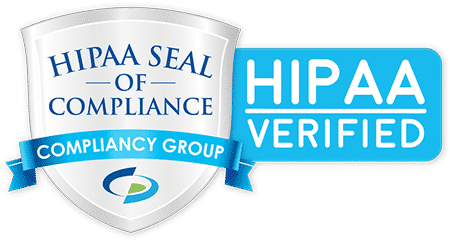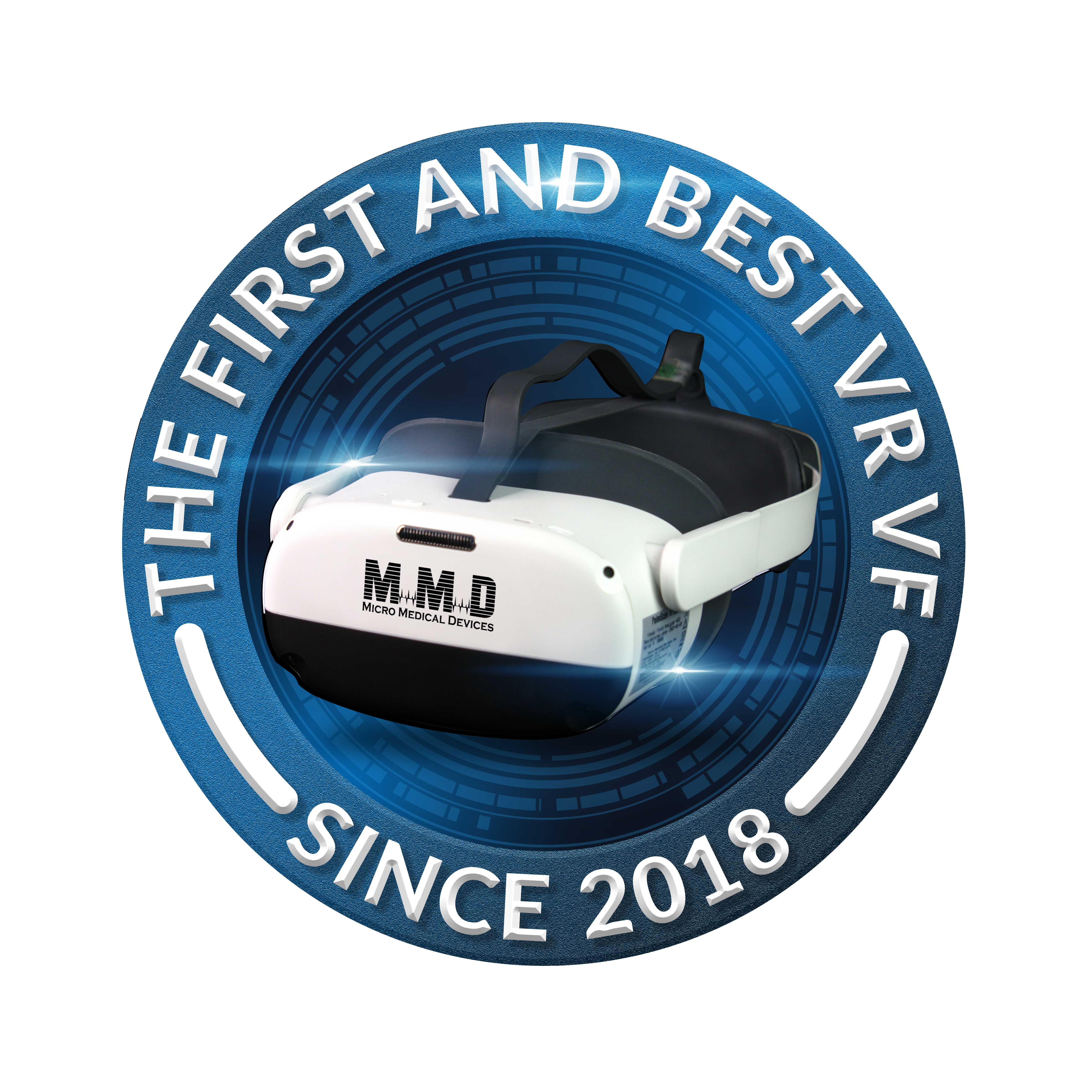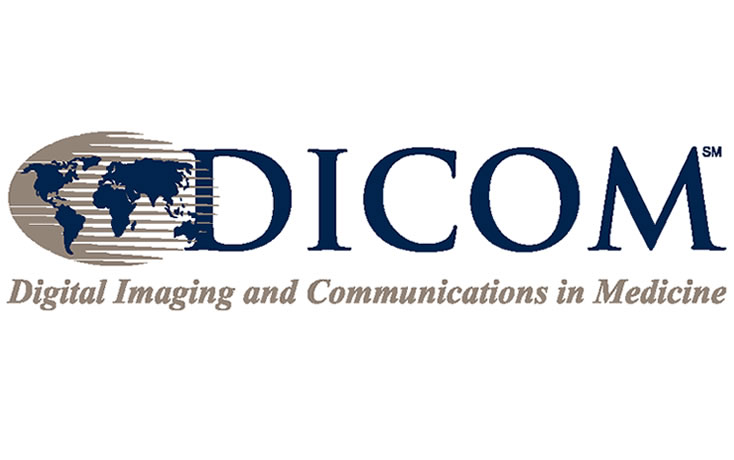The CPT 92083 code represents extended or comprehensive visual field testing, a critical diagnostic procedure used to evaluate peripheral vision loss, monitor glaucoma progression, and detect neurological or retinal pathologies.
As modern eye care continues to evolve, clinicians are increasingly adopting virtual reality visual field technologies to perform these assessments more efficiently and accurately.
In this guide, we’ll explore the clinical significance of CPT 92083, how VR visual field systems are transforming visual field testing, and how complementary diagnostic tools like biometry, A-Scan, Pachymetry, and Corneal Crosslinking (CXL) contribute to comprehensive ocular evaluation.
Understanding CPT 92083
CPT 92083 refers to Extended Visual Field Examination, typically using automated or semi-automated perimetry to provide detailed threshold measurements. Unlike screening tests, it offers a quantitative assessment of a patient’s field sensitivity, detecting early functional loss.
This procedure is especially indicated for:
-
- Glaucoma (suspected or established)
- Retinal diseases such as retinitis pigmentosa
- Optic nerve disorders
- Neurological conditions like stroke or pituitary tumors
Accurate documentation under this code requires specifying the type of visual field test performed, its parameters, and clinical relevance — ensuring compliance and supporting medical necessity.
The Evolution of Visual Field Testing
Traditional perimetry systems like the Humphrey or Octopus analyzers have long been the gold standard. However, the rise of virtual reality perimetry and vision virtual reality platforms has revolutionized accessibility and comfort for both practitioners and patients.
VR visual field systems now replicate traditional testing in immersive, portable environments, eliminating the need for large, stationary equipment. These innovations allow virtual visual field assessments to be conducted anywhere — from the clinic to outreach programs — with results that rival or exceed traditional systems in precision.
Key Benefits of Virtual Reality Visual Field Testing
The integration of virtual perimetry and VR perimetry has enhanced the diagnostic capabilities of CPT 92083 testing by providing:
-
- Enhanced patient comfort: Lightweight headsets and intuitive interfaces reduce fatigue.
- Improved data accuracy: Real-time gaze tracking ensures reliable fixation.
- Remote testing potential: Virtual field systems allow testing in non-clinical environments.
- AI-assisted analysis: Automated interpretation accelerates diagnostic workflow.
Clinicians using virtual reality perimetry can generate threshold plots, grayscale maps, and progression reports that integrate seamlessly into electronic medical records (EMRs), improving diagnostic documentation for CPT 92083 claims.
Integrating Complementary Diagnostics
To support visual field findings and establish medical necessity, it’s crucial to correlate functional loss with anatomical and structural imaging. The following diagnostic tools enhance interpretation and clinical decision-making:
-
- Biometry: Measures ocular dimensions and axial length to evaluate refractive and structural integrity.
- A-Scan (Ascan): Provides ultrasound-based measurements of axial length — essential in myopia management and cataract planning.
- B-Scan (Bscan): Offers two-dimensional imaging of the posterior segment, invaluable when media opacities obscure fundus view.
- Pachymeter / Pachymetry: Measures corneal thickness, particularly relevant in glaucoma risk assessment.
- Keratometer: Evaluates corneal curvature to correlate with refractive changes that may affect field perception.
- CXL (Corneal Crosslinking) or Corneal Cross-linking: Strengthens corneal structure in keratoconus patients, improving overall vision quality and stability.
Combining virtual perimetry results with biometric, ultrasound, and corneal data creates a holistic clinical picture — reinforcing both diagnosis and documentation under CPT 92083.
Best Practices for CPT 92083 Documentation
To ensure accuracy and compliance, practitioners should include the following key elements in their documentation:
-
- Reason for Testing – Specify the diagnosis or symptoms (e.g., elevated IOP, visual disturbances, optic disc changes).
- Type of Test Performed – Indicate whether traditional, VR visual field, or virtual reality perimetry was used.
- Test Parameters – Document threshold strategy, reliability indices, and fixation control.
- Findings and Interpretation – Summarize the type, location, and severity of any defects.
- Clinical Plan – Describe how results will influence management (e.g., initiating therapy, scheduling follow-up).
Proper documentation not only supports billing accuracy but also strengthens the clinical justification for extended testing under CPT 92083.
The Role of Virtual Reality in Modern Eye Care
The integration of virtual reality and virtual visual field testing has made comprehensive vision assessment more precise, patient-friendly, and scalable. These systems allow for testing in both clinical and remote settings while maintaining diagnostic integrity.
By leveraging VR perimetry alongside traditional tools like Pachymetry, B-Scan, and Keratometry, practitioners can deliver a complete, multidimensional understanding of the patient’s visual health.
Future Trends in Visual Field Testing
Looking ahead, AI-driven virtual reality perimeter systems will further refine CPT 92083 testing by automating progression detection and integrating predictive analytics. The combination of biometry, CXL, and virtual field data will enable clinicians to not only diagnose but also anticipate disease trajectories — ushering in an era of truly personalized vision care.
Conclusion
CPT 92083 represents one of the most critical diagnostic procedures in ophthalmology, providing insights that guide treatment, monitor progression, and document medical necessity.
With innovations like VR visual field, virtual reality perimetry, and complementary technologies such as A-Scan, Pachymetry, B-Scan, and Corneal Cross-linking, clinicians can now achieve unparalleled accuracy and efficiency in visual field evaluation.By embracing vision virtual reality and comprehensive diagnostic integration, eye care professionals are redefining how advanced visual field testing is performed — ensuring every patient receives care that is precise, modern, and clinically meaningful.







